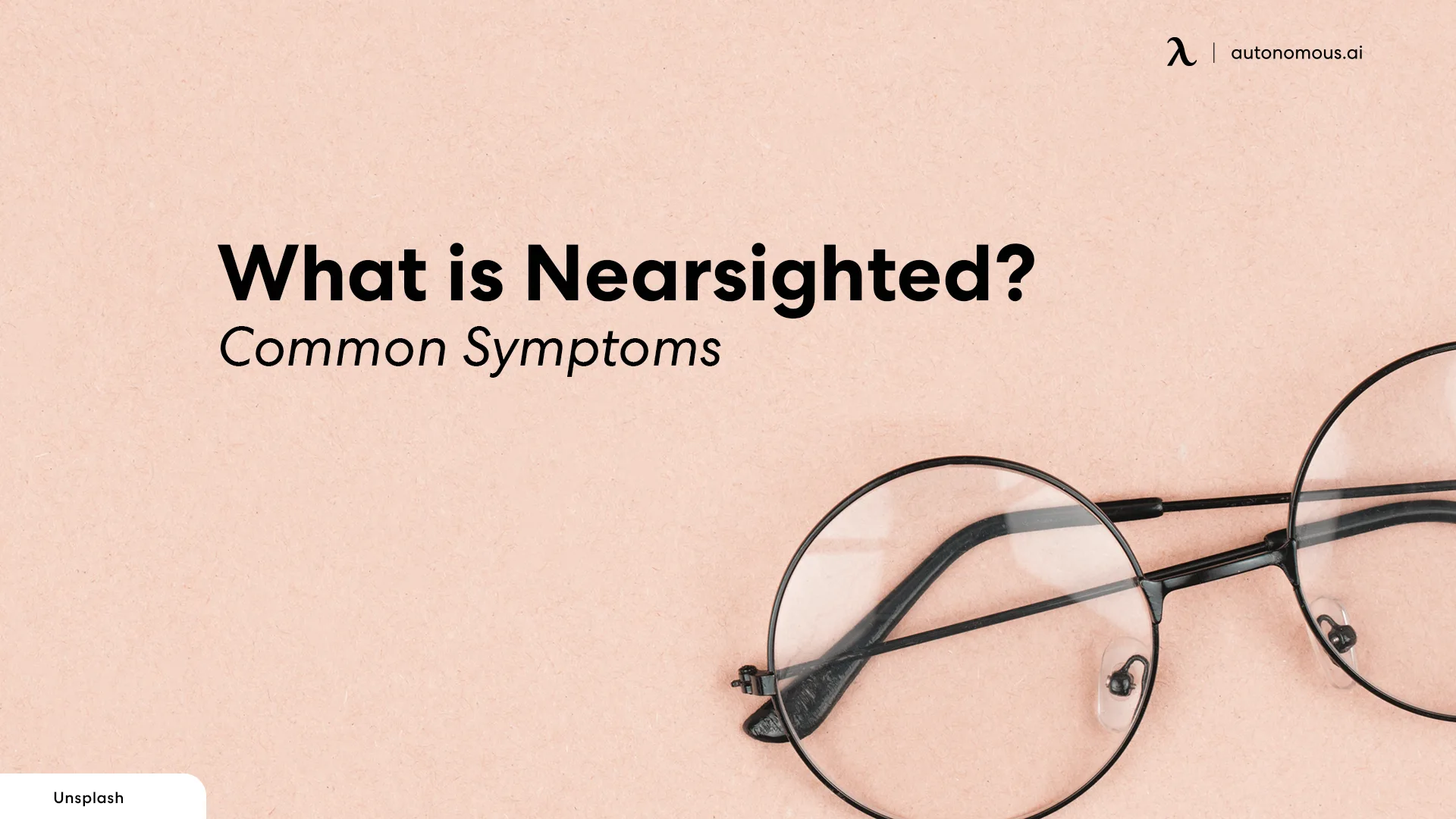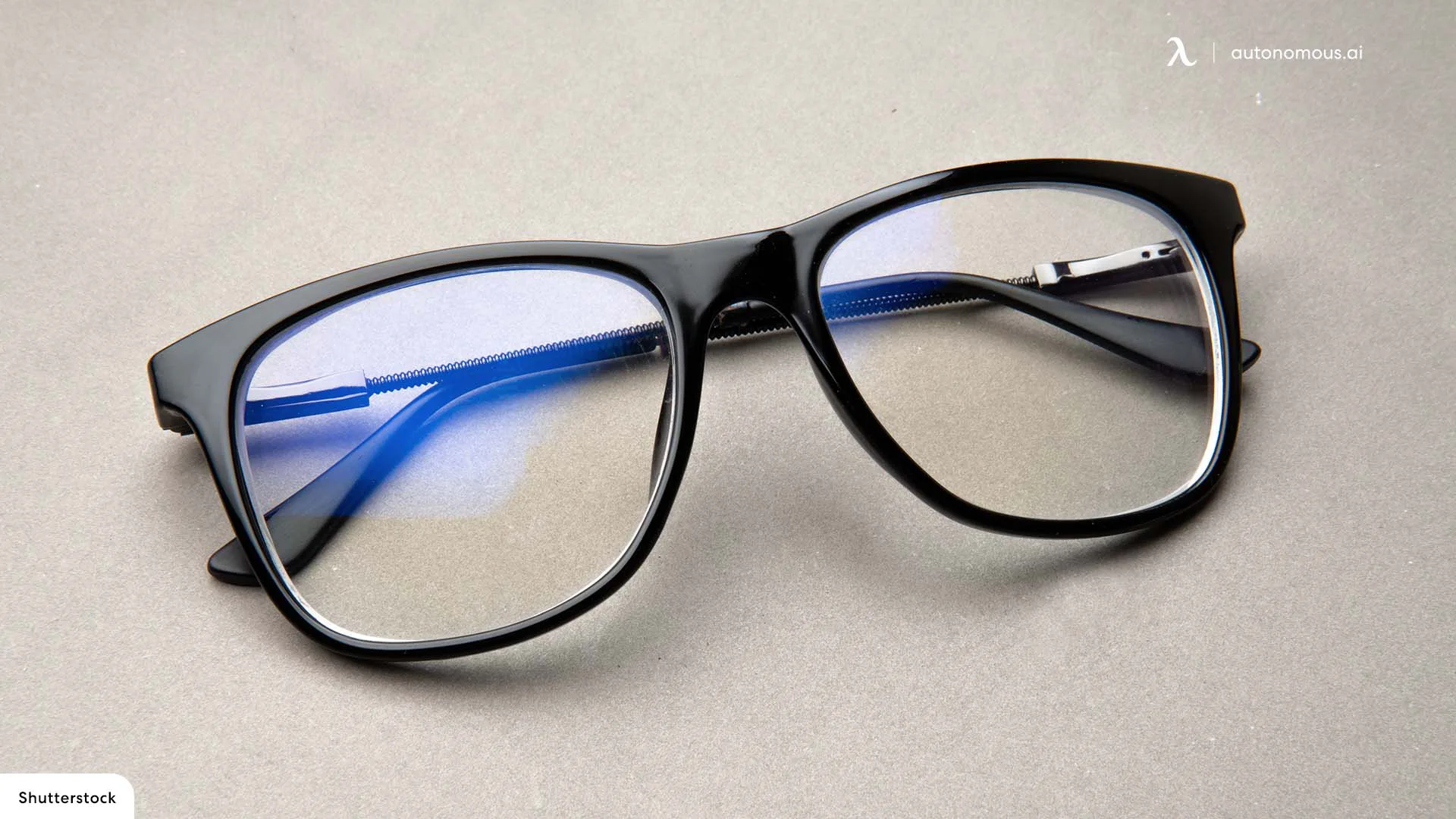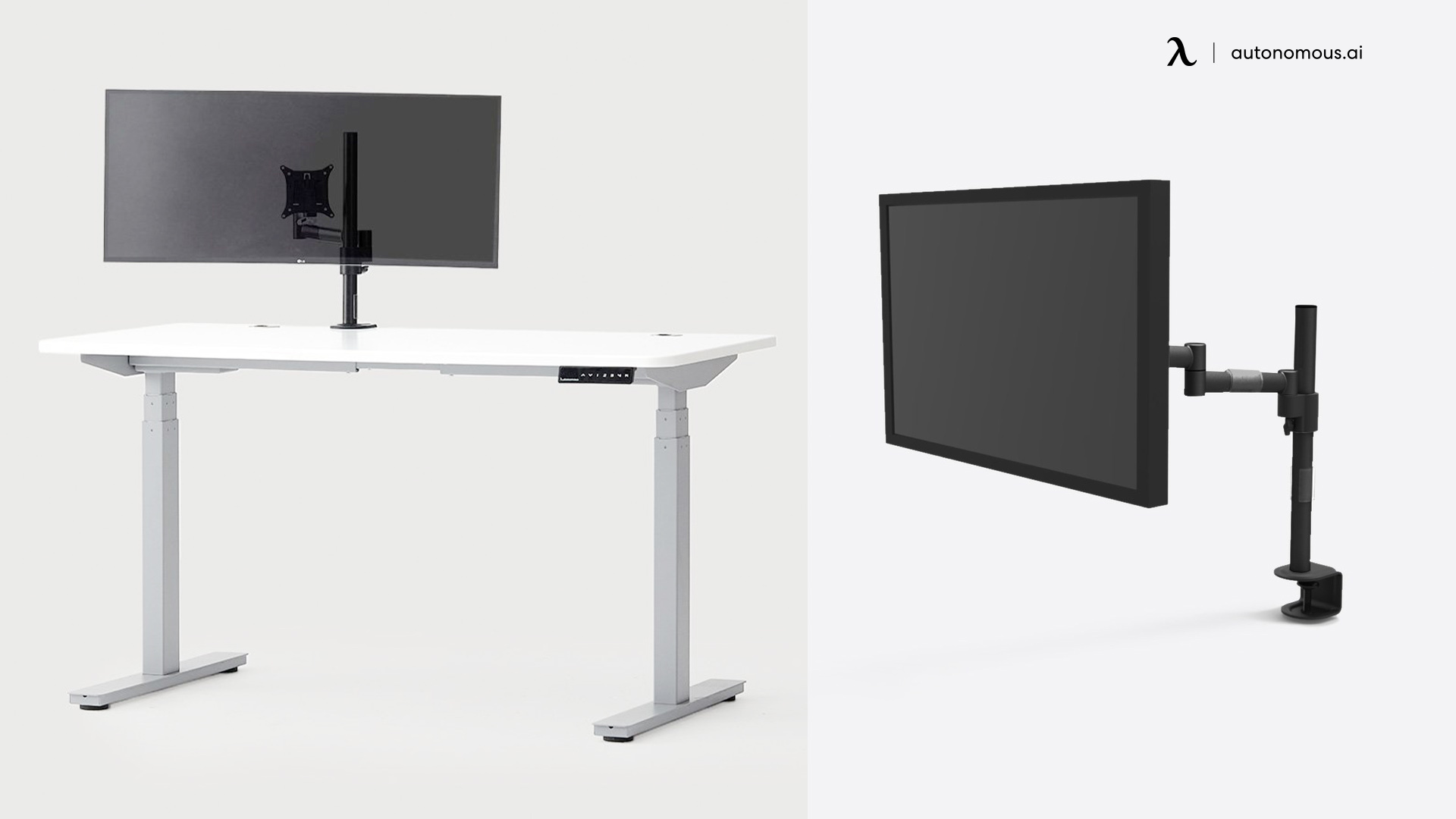
Nearsighted in the Office: Common Symptoms & How to Fix It?
The nearsighted meaning (myopia) results in a blurry view of objects farther away, but you can see them clearly when you are close to them. It occurs when the shape of your eye causes light rays to bend incorrectly (refract), causing images to focus in front of rather than on your retina.
What is Nearsighted? Common Symptoms

The condition known as being nearsighted (also known as myopia) makes it difficult to see distant objects clearly while close-up objects appear blurry. A nearsighted eye is made happen by eyeballs, which are too long, which gives rise to light rays for focussing before they reach the retina. The following nearsighted symptoms characterize nearsightedness:
- Distance-related vision problems
- Clear vision requires squinting
- A tired or sore eye (eye strain)
Some nearsighted people suffer headaches, but they aren't as common as they used to be. Some people with mild nearsightedness don't notice any symptoms. Regular eye exams are essential for monitoring nearsighted vision so your doctor can ensure you see clearly. High myopia (severe nearsightedness) may also put the person at greater risk for other eye conditions or nearsighted causes, such as retinal detachment (misalignment of the retina).
What Causes Nearsighted in Office?

Nearsightedness is the result of several causes. For example, the medical evidence supports genes, straining your eyes at work, or even looking at things too close too often. Work that requires you to keep your eyes closer to what's in front of you includes reading, PC use, microscopes, binoculars, etc. Extensive illness and poor health could sometimes lead to bad eyesight.
Nearsightedness comes about when the eyeball length is very long, and the cornea of the eye is inordinately curved. The light then enters inside the eyeball but makes the eye focus on the front of our retina rather than the back. Eventually, you see things that are too blurry.
How to Prevent Nearsighted
At the Autonomous company, we strongly believe that nearsightedness can be controlled by making smaller changes in our daily lives, especially in the office where we spend most of our time. Today, you can use our Autonomous employee purchase program to get great discounts on the things you need the most.
For example, a quality monitor for work can prevent your eyes from drying out and might even render text in a better resolution. It can even have blue light effects on eyes since it has settings that you change to lower the brightness.
Of course, that's just a start; you can even improve the health of your eyes by adding office accessories like a good desk lamp for optimal lighting. Being nearsighted means that you need to adjust the height of the screen you look at. You can buy a standing desk to accomplish this or install a monitor arm on it to check the monitor distance from eyes.
FAQs
1. Is nearsightedness genetic?
Nearsightedness tends to run in families. Suppose one of your parents is nearsighted, and your risk of developing the condition increases. The trouble is even higher if both parents are nearsighted. You can do plenty of genetic tests and family DNA studies today to get more insight into the complexities of genetic covariance and its related environmental factors.
2. Is nearsightedness a disability?
Myopia is not a disability. Also called nearsightedness, myopia is a standard refractive distortion error inside the eye. This error is the reason why objects in the distance appear to be blurry. It mustn't be confused with a disability: a condition that prevents you from accomplishing multiple activities in your daily life.

3. What should I do if I am nearsighted?
Treatments to slow or stop the progression of nearsightedness include topical medications called atropine. This solution will make your eye pupil dilate, often as part of eye exams or before and after eye surgery.
- Increased time outside.
- Dual focus contact lenses.
- Orthokeratology.
4. What are the dangers of nearsightedness?
Severe nearsightedness increases your risk of glaucoma, retinal detachment, myopic maculopathy, and cataracts— damage in the central retinal area.
5. What happens if you don't treat nearsightedness?
High myopia could raise the possibility of developing severe sight conditions later in the life of your child, for instance, detached retinas, glaucoma, and cataracts. If they are left untouched, high myopia problems can cause blindness. Thus, frequent eye exams prove critical.
6. Do I require my glasses all along for nearsightedness?
Based on the level of myopia one has, one might be required to take help of glasses for just a few activities only. Such activities might be reading, driving, or watching movies. Are you too nearsighted? Then you may be required to wear single-vision lens glasses permanently.

7. Does nearsightedness improve age?
The American Opthalmology Academy states that the human eyes are fully developed by the age of twenty. As a result, nearsightedness won’t change much till you are forty years of age. In such cases, you could save more by using the LASIK eye correction procedure instead of using corrective lenses.
8. Why is nearsightedness so common?
You’d be surprised to know how common nearsightedness really is, especially in younger children. Children today spend much less time outdoors and are either in front of smartphones, PCs, or Xboxes. These limited physical activities take a strain on the eyes, and the result is increased instances of vision problems.
9. Does screen time increase myopia?
Spending too much time staring at the screens we love- tablets, phones, PC, and so on- is cited as a potential cause of myopia eye condition. These are risk factors inside our living environment that can be controlled via blue light filters, brightness, and more.
Subscribe for a 10% discount on your first order.
Sign up for our weekly update and be the first to know about our specials & promotions.
Verbreiten Sie es weiter


/https://storage.googleapis.com/s3-autonomous-upgrade-3/production/ecm/240417/april-10-off-offer-2024-1920x540-CTA.jpg)
/https://storage.googleapis.com/s3-autonomous-upgrade-3/production/ecm/240417/april-10-off-offer-2024-720x1200-CTA.jpg)
/https://storage.googleapis.com/s3-autonomous-upgrade-3/production/ecm/240415/bulk-order-apr-2024-offer-720x1200-CTA-min.jpg)
/https://storage.googleapis.com/s3-autonomous-upgrade-3/production/ecm/240415/pod-offer-apr-2024-720x1200-CTA.jpg)
/https://storage.googleapis.com/s3-autonomous-upgrade-3/static/upload/images/new_post_author/admin-1.png)